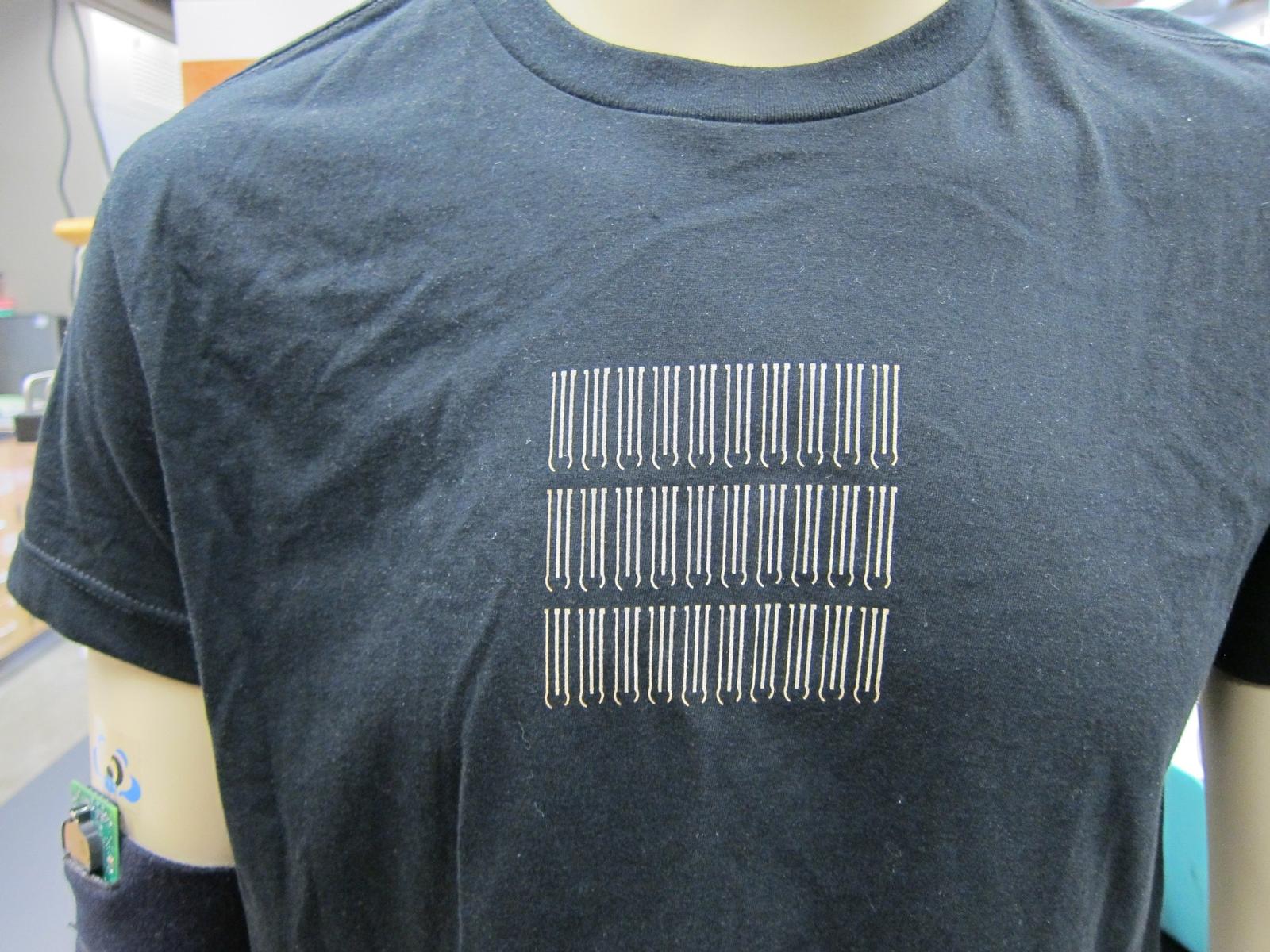World peace has always been an unachievable fantasy. Until now.
A group of researchers at UC San Diego just got $2.6 million from the U.S. Department of Energy’s Advanced Research Projects Agency-Energy (ARPA-E) to make clothing that could regulate body temperature and thus reduce the amount of energy we use for heating and cooling. Here’s more from a press release out of UCSD:
The smart fabric will be designed to regulate the temperature of the wearer’s skin — keeping it at 93° F — by adapting to temperature changes in the room. When the room gets cooler, the fabric will become thicker. When the room gets hotter, the fabric will become thinner. To accomplish this feat, the researchers will insert polymers that expand in the cold and shrink in the heat inside the smart fabric.
According to one of the researchers on the project, 93 degrees is a comfortable skin temperature for most people (who knew?). Clothes made from the fabric will also include “supplemental heating and cooling devices” in certain spots that tend to get particularly uncomfortable (parts of the back, bottoms of feet, etc.).
So what does this have to do with world peace? Think about it: all that passive aggression that builds when your roommate cranks up the thermostat, and then you (resident environmentalist) turn it back down to save energy? Or that crankiness that creeps over you when a public place has the A.C. on arctic chill, but you didn’t bring a jacket because it’s 80 freaking degrees outside? Or that thing about violent crimes going up in the summer? It could all go away! Or, at least, cool down.
Joseph Wang, lead researcher on the project and a professor of nanoengineering at UCSD, is envisioning a smart fabric revolution:
“We are aiming to make the smart clothing look and feel as much like the clothes that people regularly wear. It will be washable, stretchable, bendable and lightweight. We also hope to make it look attractive and fashionable to wear,” said Wang.
A word of advice, Wang: If you want to start a smart fabric revolution, you better do more than just hope on that last point. We — the vainest of all species — put ourselves through all manner of discomfort in the name of fashion. You better believe that we’ll continue to suffer if that smart clothing doesn’t look good, too.



